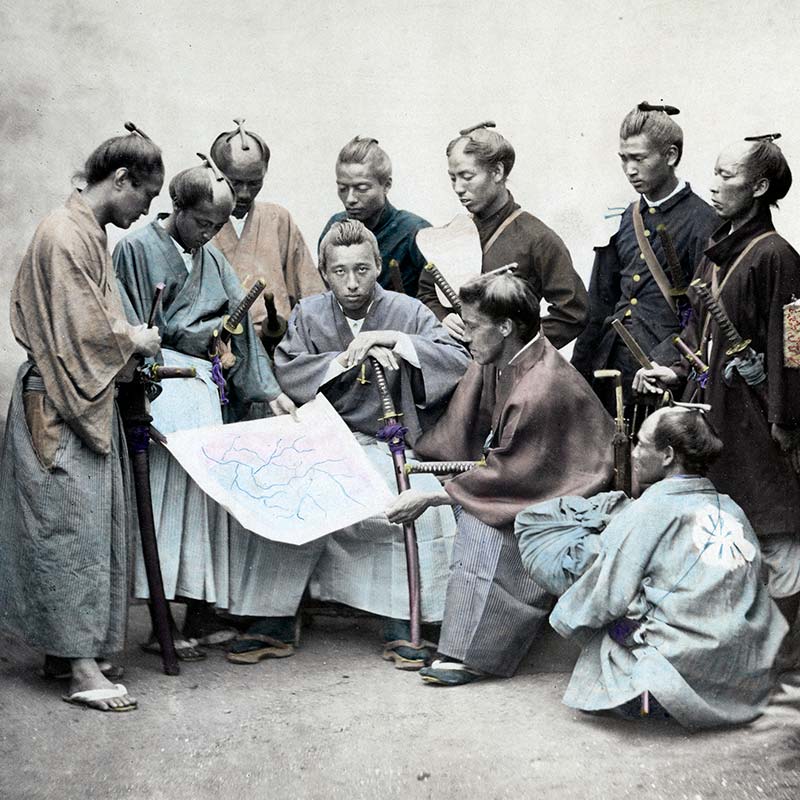
A Comprehensive History of Pioneering Japanese Women Photographers

**Exploring the Untold Legacy: Japanese Women Photographers from the 1950s to Present**
The history of photography in Japan, like many other global narratives, often sidelines women’s contributions to the field. A striking example of this is a 40-volume “definitive” history of Japanese photography, published in the late 1990s, which failed to include a single woman. Despite this erasure, Japanese women have not only participated in but also helped to shape the conversation around photography since its introduction to Japan in the 1850s.
A critical publication aims to correct these historical oversights and celebrate the work of Japanese women photographers. **”I’m So Happy You Are Here: Japanese Women Photographers from the 1950s to Now”** is a rich compendium of images and texts that explore the contributions of over 60 women photographers in Japan, from pioneers to contemporary innovators. This monumental publication is edited by Pauline Vermare, the Brooklyn Museum’s Curator of Photography, and Lesley A. Martin, Executive Director at Printed Matter. By filling these long-standing gaps, the book serves as an essential resource for anyone interested in understanding the broader context of photographic practice in Japan, as well as the complex social, political, and personal narratives these remarkable women have documented.
### A Brief History of Overlooked Talent
From the very dawn of photography in Japan, women have contributed to its growth, although often in isolation or under challenging circumstances. One of the earliest known women photographers was Ryū Shima, who established herself as a studio portraitist in the 19th century. The discrimination was so entrenched that as recently as 1989, an exhibition dedicated to women photographers in Japan was canceled after male participants withdrew upon learning that their work would be displayed alongside women’s creations.
Yet, as historian Mariko Takeuchi points out, these women “stubbornly forged their own paths alone.” This sentiment is echoed throughout the narratives detailed in the book *I’m So Happy You Are Here* and its accompanying essays, which track the trails these audacious artists blazed despite being largely omitted from mainstream recognition.
### A Deep Dive into the Work
This book is a treasure trove of work by artists such as pioneer Tokiwa Toyoko, whose 1957 photobook titled *Kiken na adabana* (“Dangerous Poison Flowers”) delved into the lives of working women, including sex workers, in the post-war city of Yokohama. More recently, the intimate imagery of Ushioda Tokuko offers a contemplative lens into daily domesticity in 1970s and 80s Japan, focusing on themes such as motherhood, routine, and household life.
Each artist showcased in the book provides a distinct perspective. From expansive street shots capturing political moments to creative multimedia collages, these photographers have employed a staggering variety of techniques. Ishikawa Mao’s poignant documentation of life in post-war Okinawa—home to sex workers and American soldiers—offers a searing critique of both political occupation and sexual exploitation, while Sawada Tomoko’s playful critiques of beauty standards disrupt societal norms with wit and boldness.
Whether through gripping photojournalism or abstract, surreal compositions, these artists weave through issues that range from gender identity, such as in the works of Okabe Momo, to broader sociopolitical struggles, as seen in Watanabe Hitomi’s raw depictions of Tokyo’s 1960s student protests.
### The LGBTQ+ Representation and Gender Identity
One of the contemporary standouts is Okabe Momo, whose recent, deeply introspective work delves into themes of trans identity in an extraordinarily textured way. Utilizing saturated colors and intimate compositions, Okabe challenges the traditional norms around gender portraiture, suggesting new narratives for belonging and self-identity.
Earlier works, like Ushioda Tokuko’s black-and-white photographs from the 1970s, tell a different story but one that similarly intersects with identity. Her series softly and beautifully showcases mundane, everyday life—a focus on the quietly profound moments of motherhood and daily existence.
### Pushing Boundaries and Gender Barriers
While these artists might seem wildly different in content and style, one common thread links them all: a resistance to societal expectations, largely through the language of photography. These women move in and out of traditional roles, rules, and visual expectations, recalibrating the viewer’s understanding of art, photography, and womanhood in Japan.
Take Yanagi Miwa’s work, for example. Her series *Elevator Girl* (1997) offers a visually striking critique of corporate and consumer culture, using a simple yet surreal setting to explore female uniformity and detachment in industrialized Japan. Through meticulously composed imagery, Yanagi sheds light on how capitalism and beauty standards perpetually mystify women’s roles in contemporary society.
### Bridging the Gap Between Art and Activism
Apart from individual stories and works, *I’m So